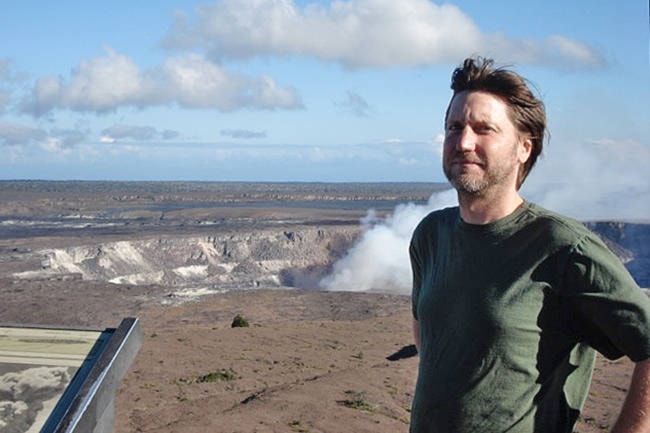Anyone who has ever wondered how space dust turns into stars and planets will want to attend Nanaimo Astronomy Club’s February meeting.
Doug Johnstone, astronomer with the NRC Herzberg Astronomy and Astrophysics Research Centre in Victoria, will present The Formation of Planets Around Stars: What We Know and What We Still Need to Learn.
Johnstone began his professional career at the University of California, Berkeley, studying the the evolution of circumstellar disks around young stars. His current research focuses on the formation and evolution of structure in molecular clouds to understand the physical processes that contribute to transforming molecular clouds into individual stars and planetary systems.
In his early career he studied the discs around stars where “we have always argued planets should form.” His work advanced to larger-scale subjects, which included looking at why star-forming material forms stars of various sizes.
“And I’ve moved ever larger and actually got interested in, you know, what clumped the material that actually forms stars in the first place. So, almost galactic ecology,” Johnstone said. “More recently I’ve started to fall back down the rabbit hole, because it’s exciting and telescopes are allowing us to start looking back at the small-scale formation of individual stars, their stellar systems and planets.”
Johnstone’s passion for astronomy started in the 1980s when he was juggling possible career choices and a family friend suggested he take an astronomy class.
“What I really liked, right from the start, is that astronomy is an applied physics,” he said. “The universe is a phenomenal physics laboratory and so you basically get to try out all sorts of physics ideas by looking at a different part of space.”
Johnstone said scientists remain confident that stars and planets form from discs of particles because the vast majority of young or forming stars observed have discs around them. Astrophysicists are also confident from observations that planetary systems form out of these discs.
But because actually witnessing planet formation is all but impossible, observations that are able to be made offer only circumstantial evidence of how planets form. This leaves astronomers unsure the dominant planet-forming process – why, as Johnstone describes it, “this random sticking together … of dust, not that different from dust bunnies under your bed” starts in the first place – which drives astronomers to continually develop ever more powerful telescopes to allow them to look more closely into those regions where stars and planets are formed.
“My goal, in all my talks, is simply tell a story we think is true and try to explain where we think it’s true and where we are still uncertain,” Johnstone said. “To try to explain why the physics that we use we have a lot of confidence in and how exciting it is and to explain where it is we want to go next.”
Nanimo Astronomy Club’s February meeting is at Beban Park social centre on Thursday, Feb. 15, at 7 p.m. Admission is free to members. Non-members are invited to attend their first meeting free and after that, consider joining the society.
photos@nanaimobulletin.com
Like us on Facebook and follow us on Twitter
